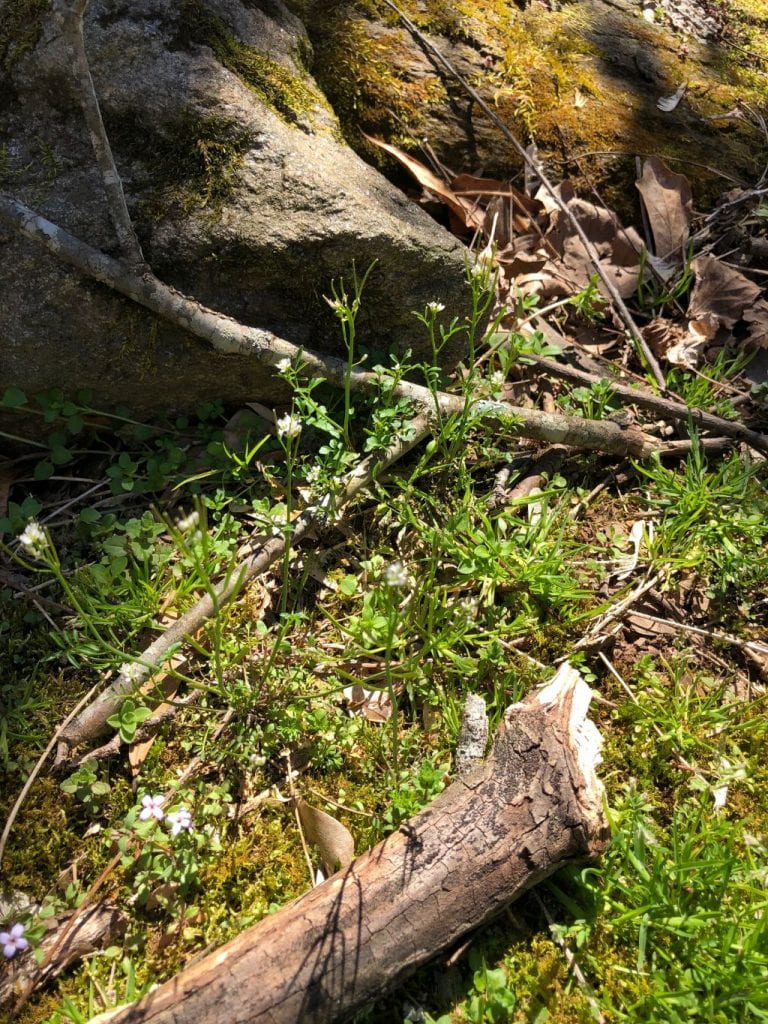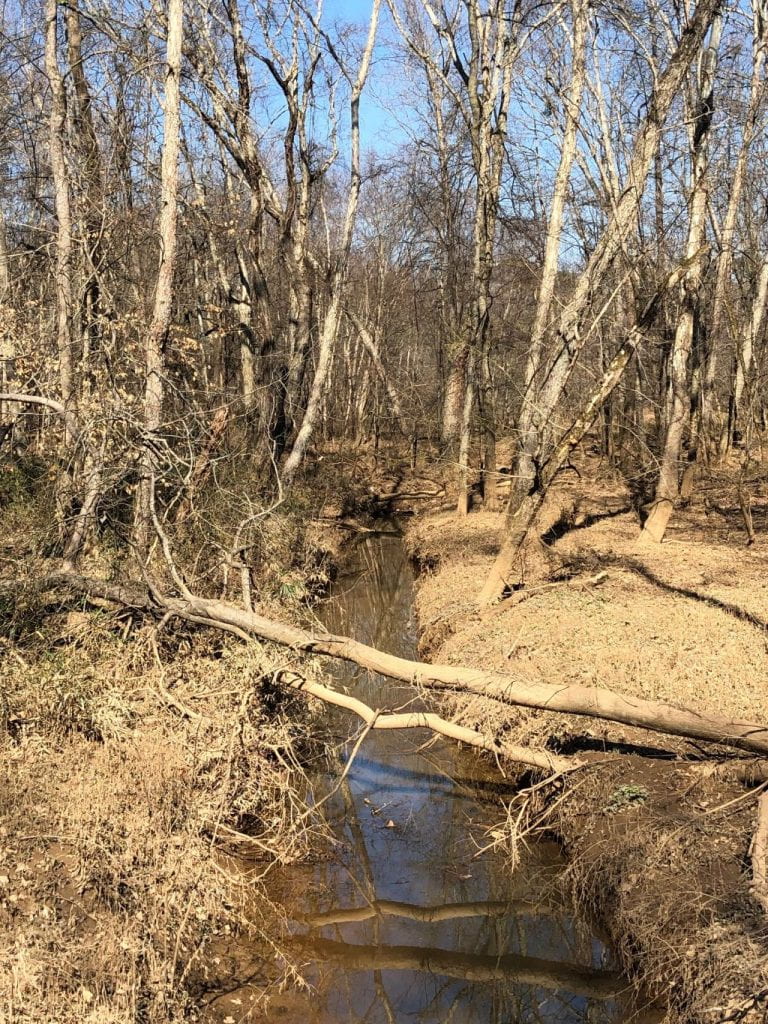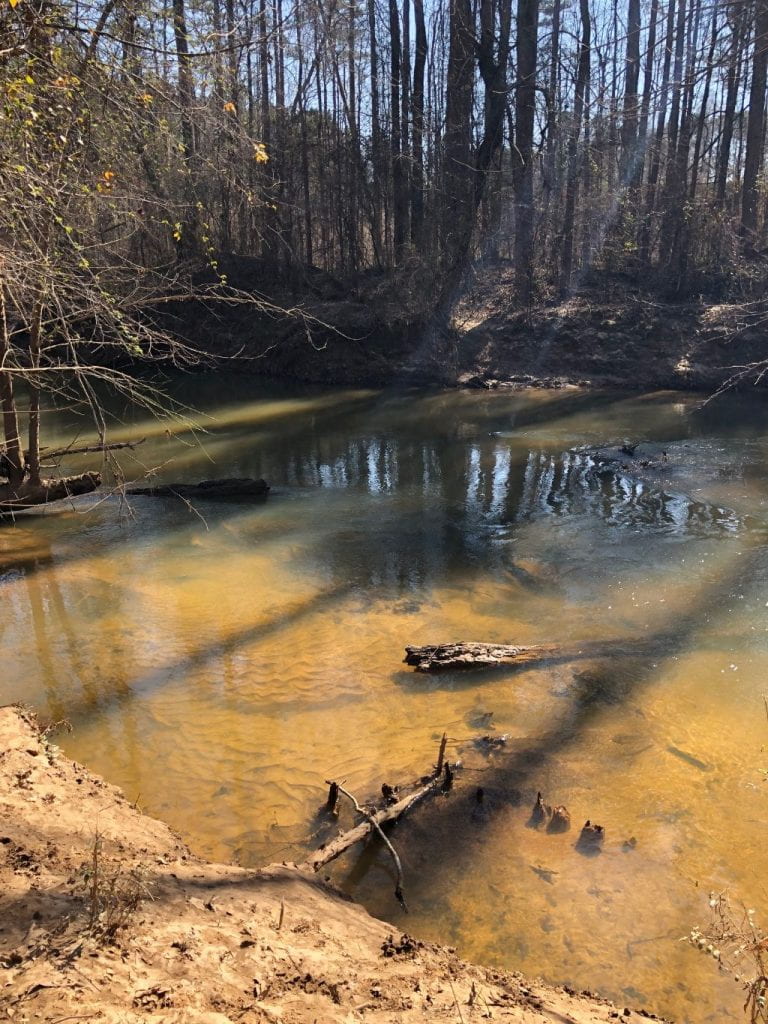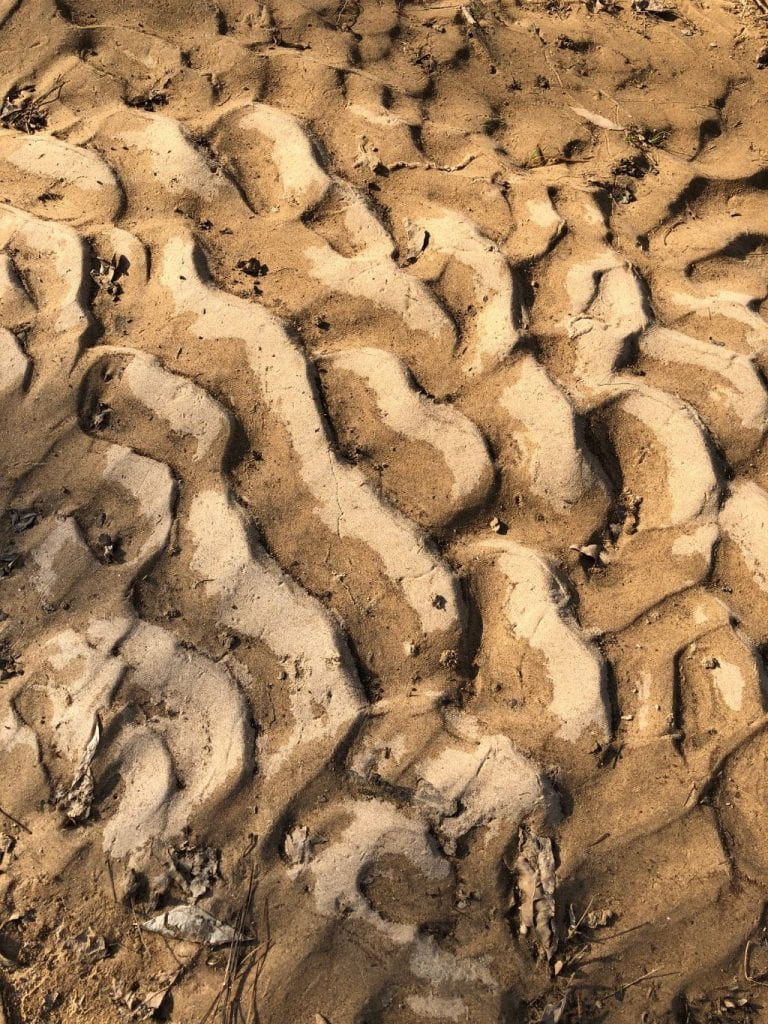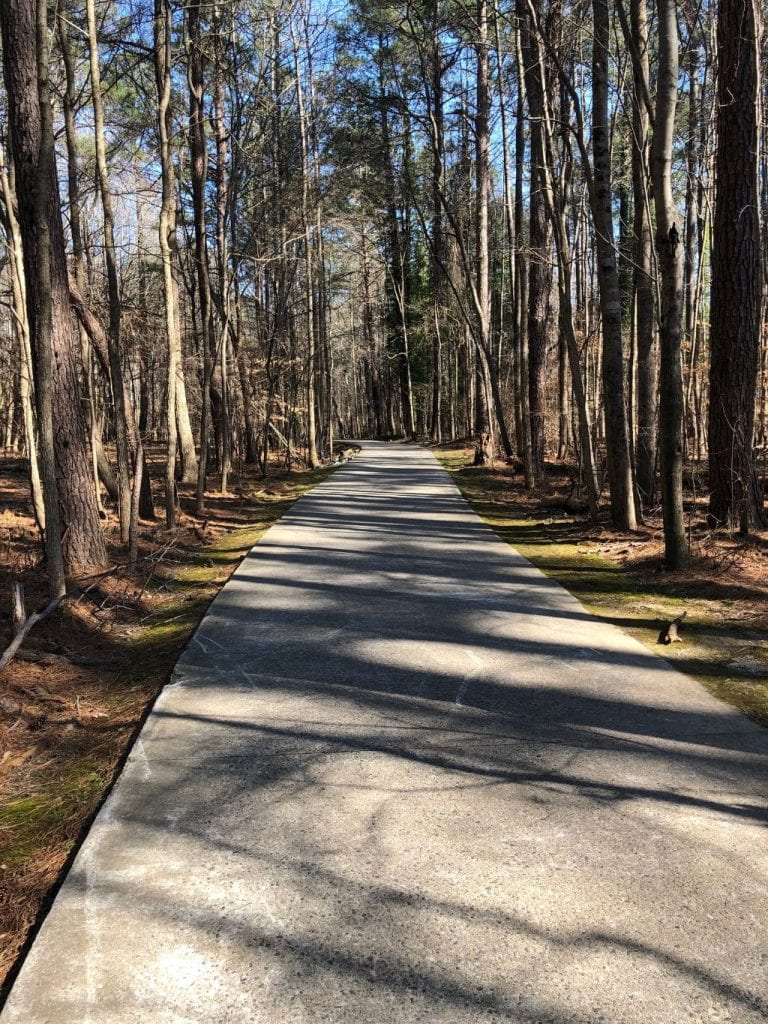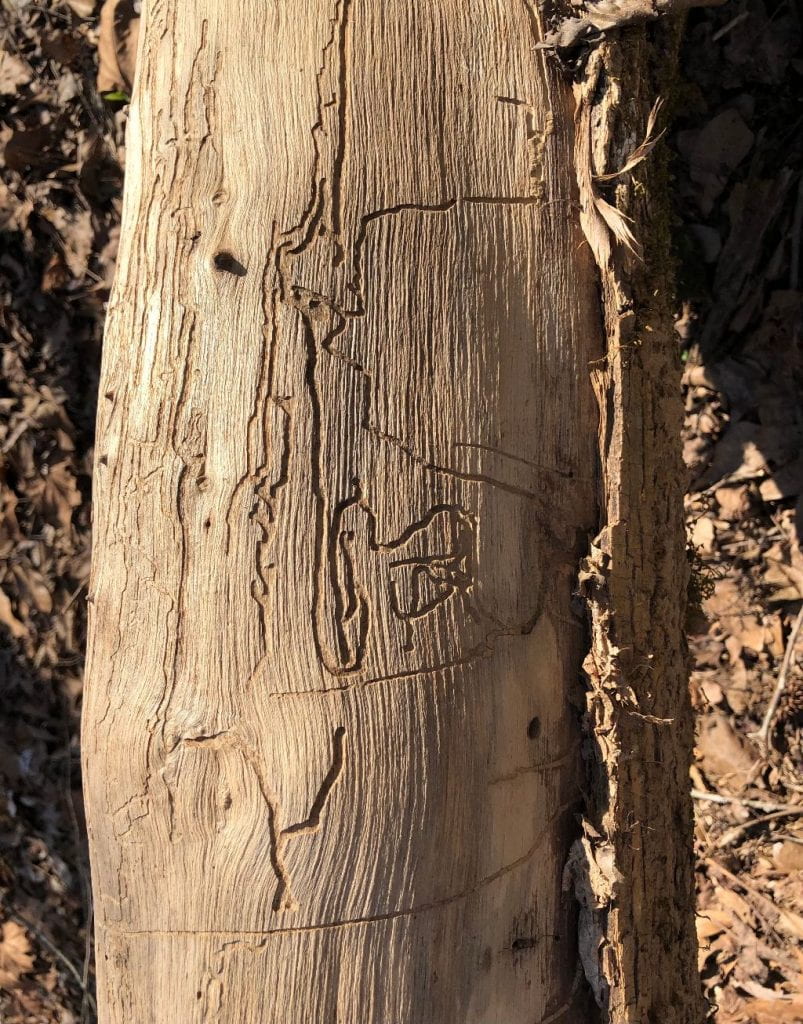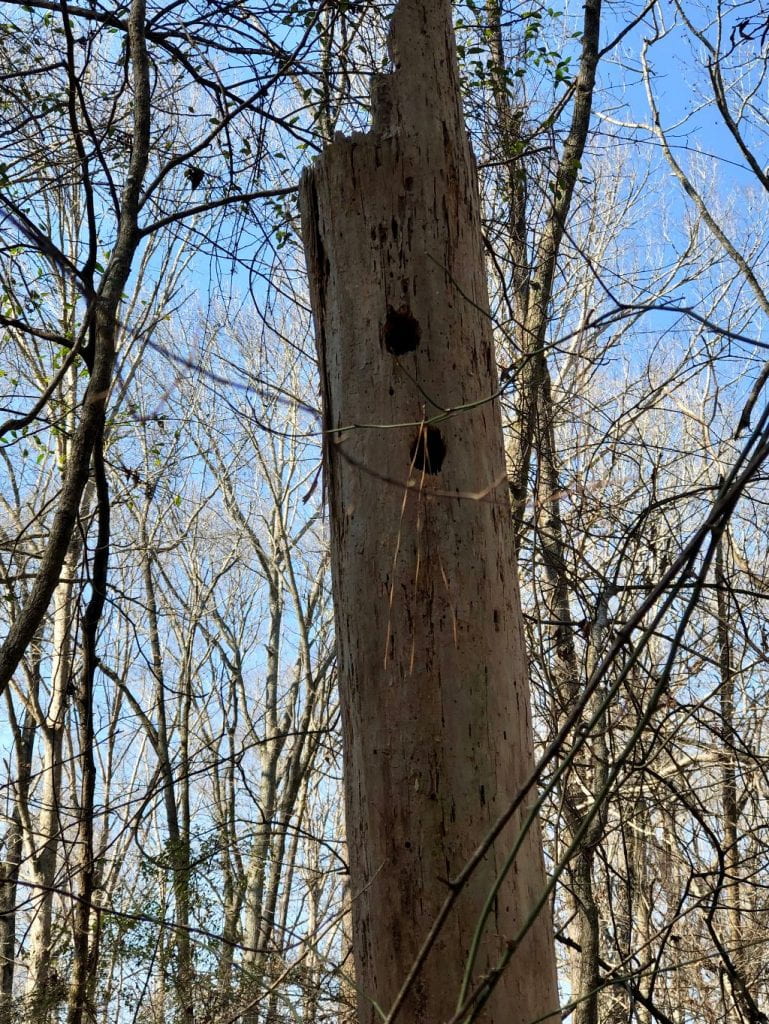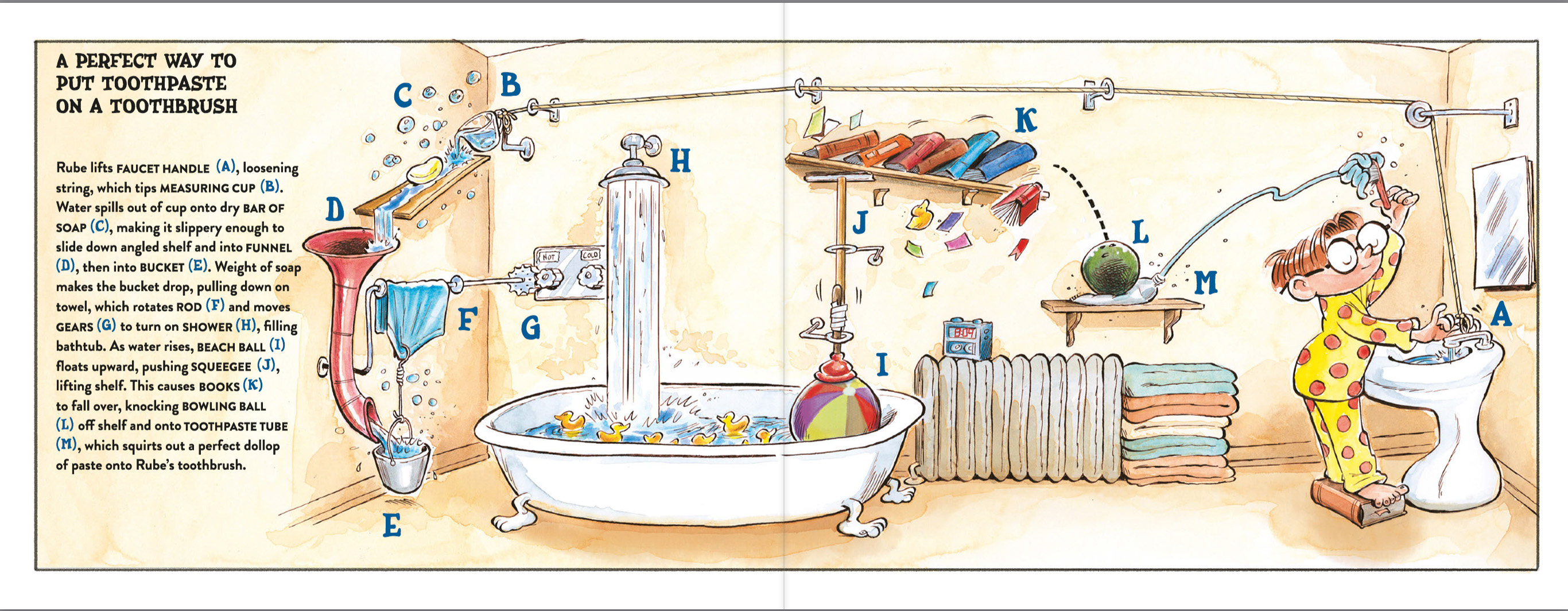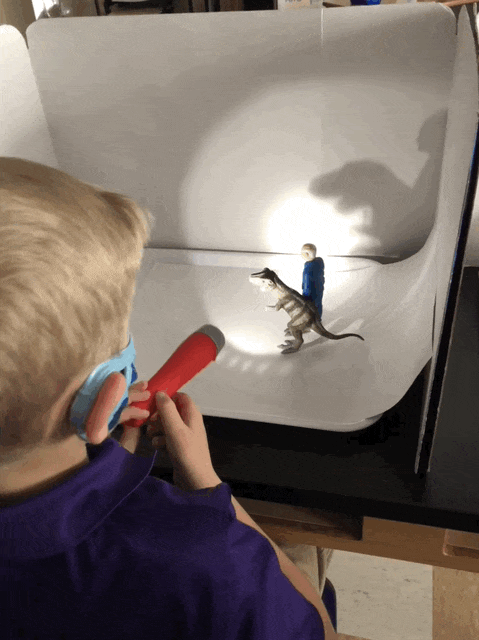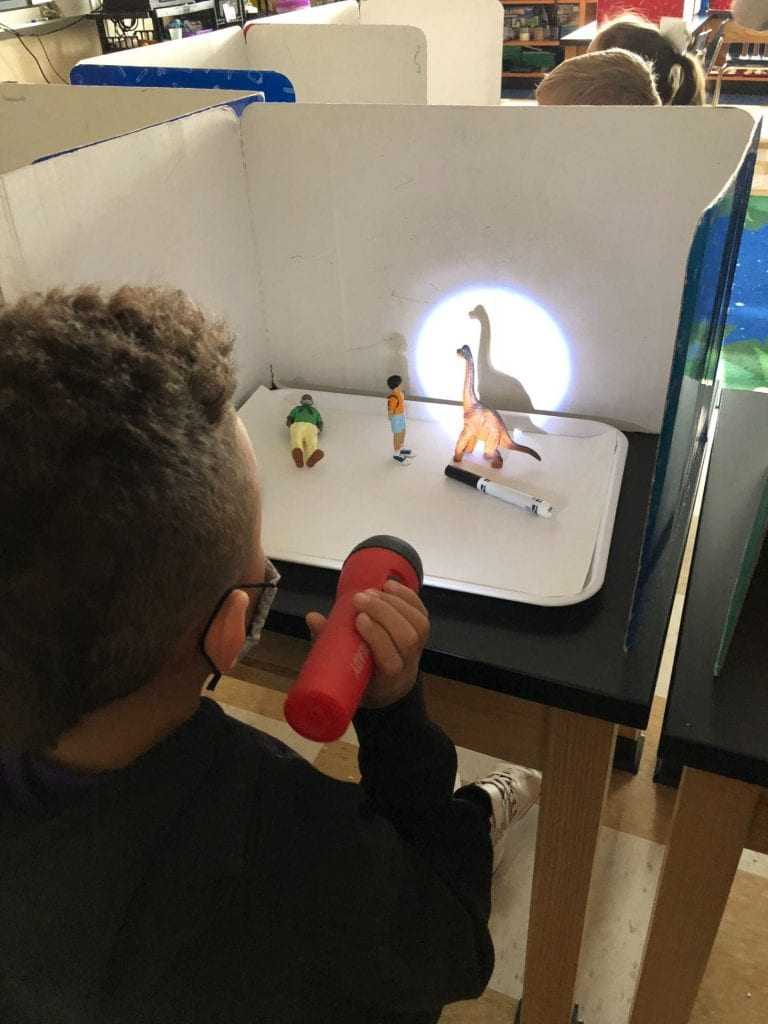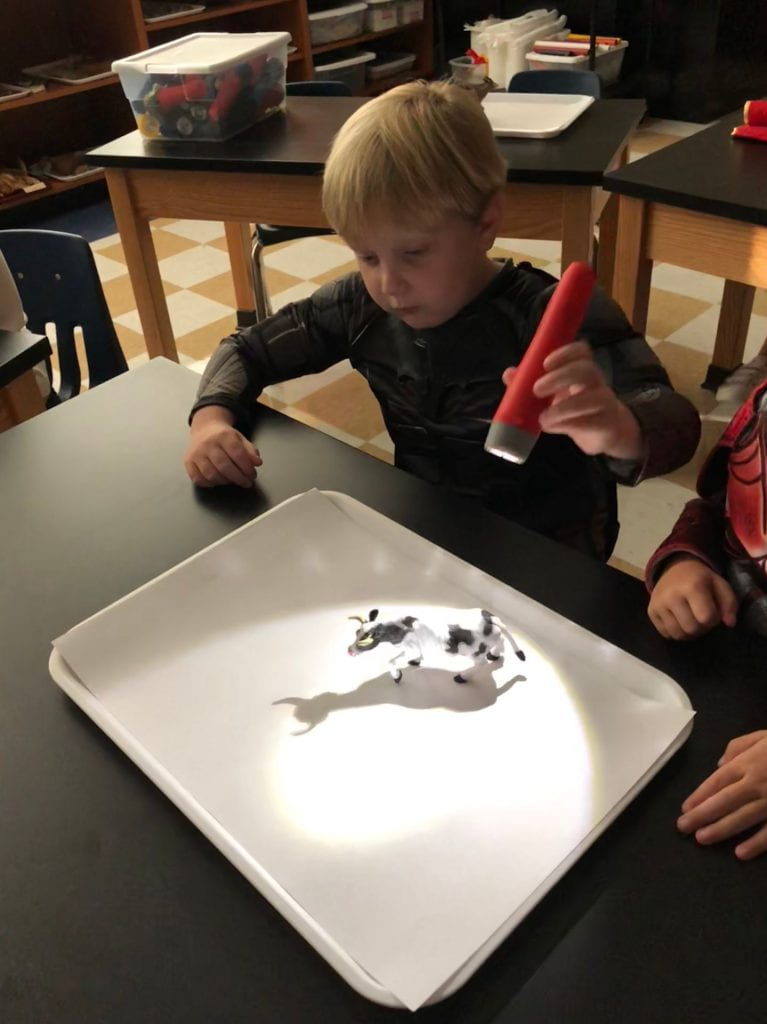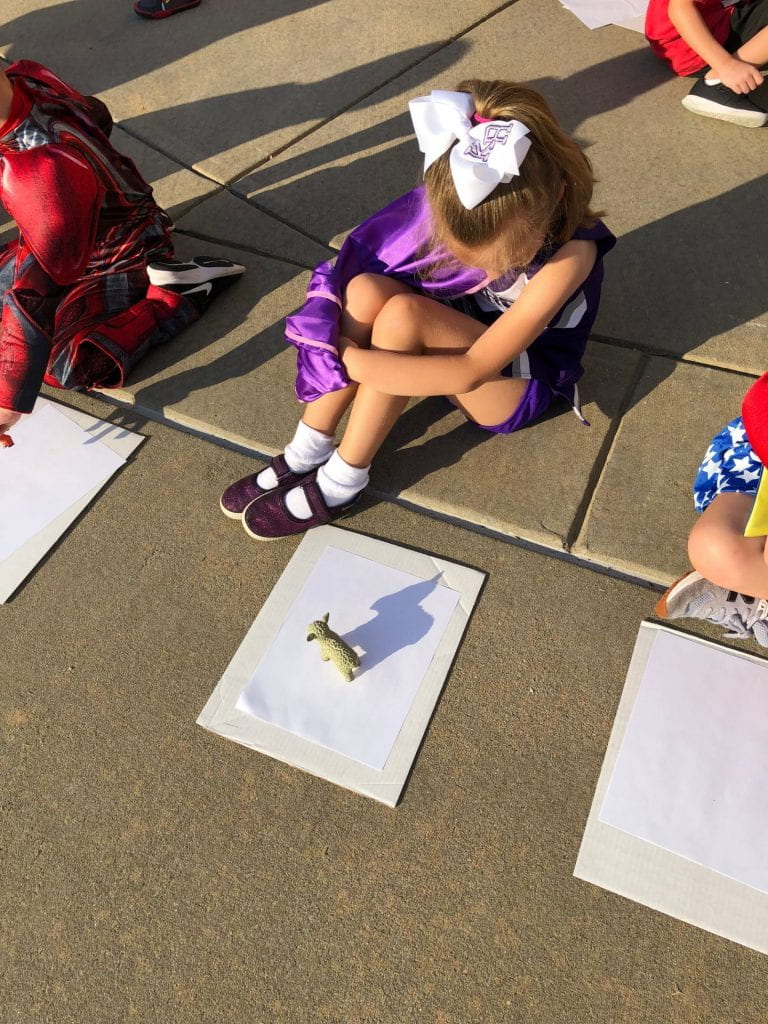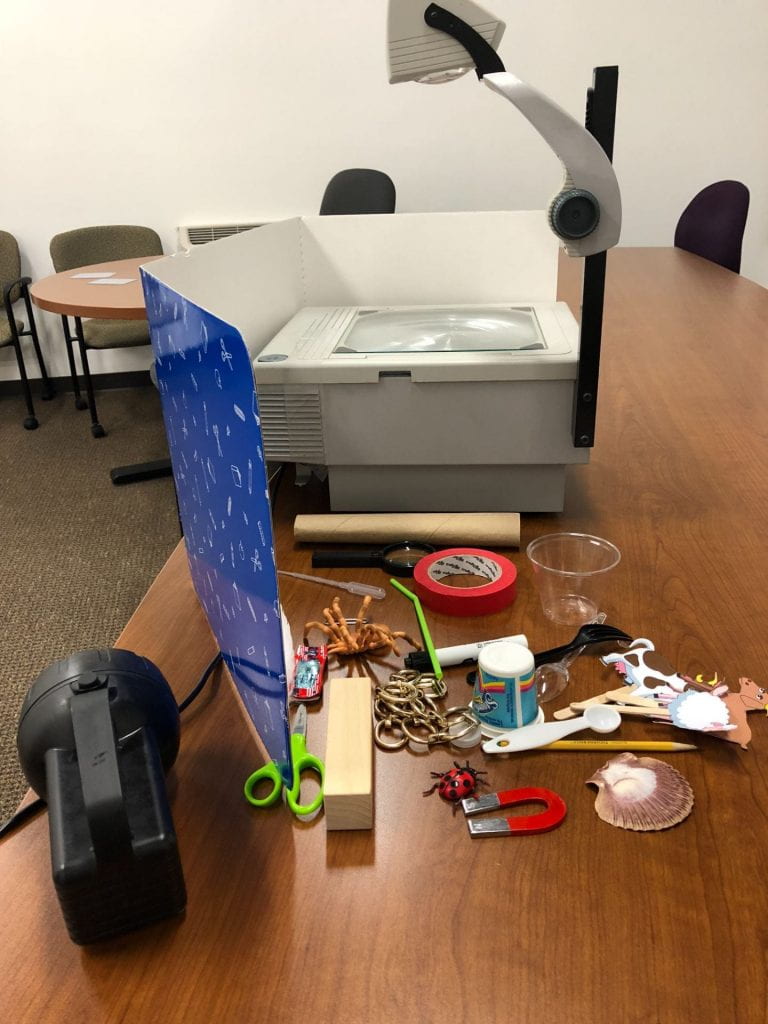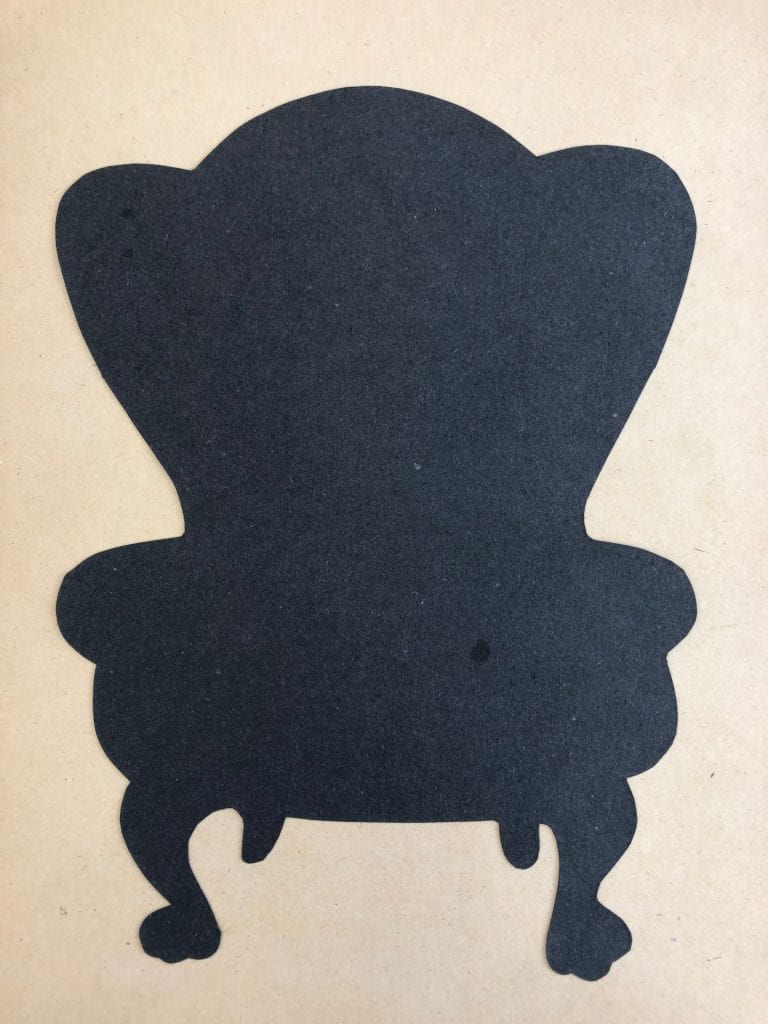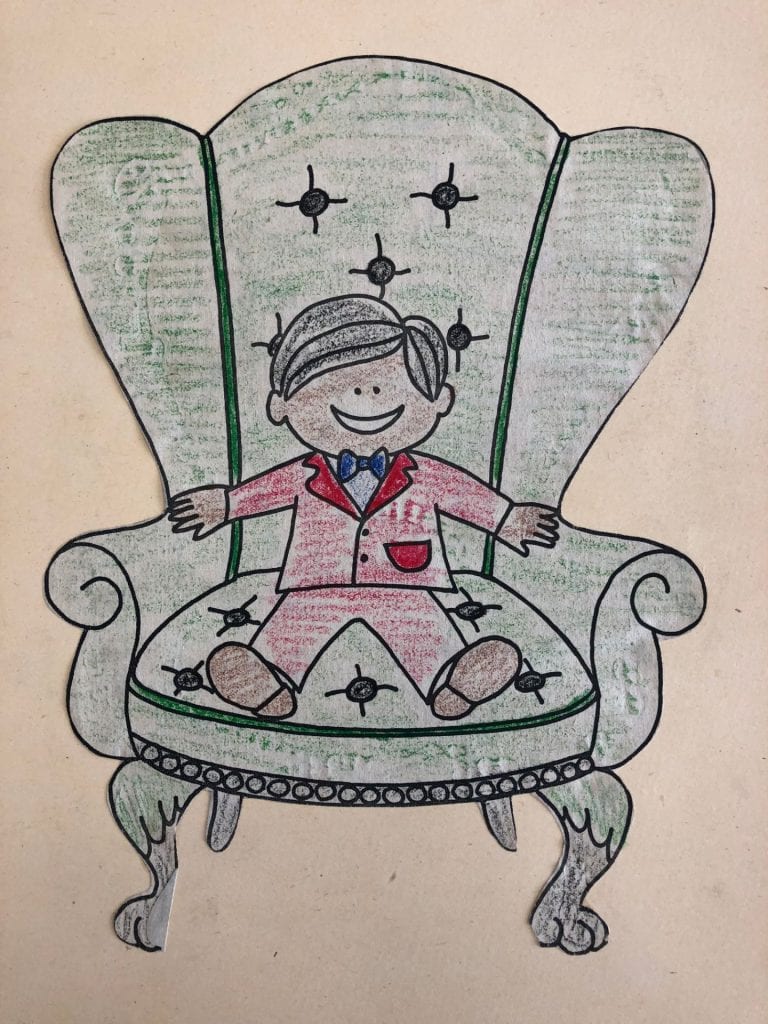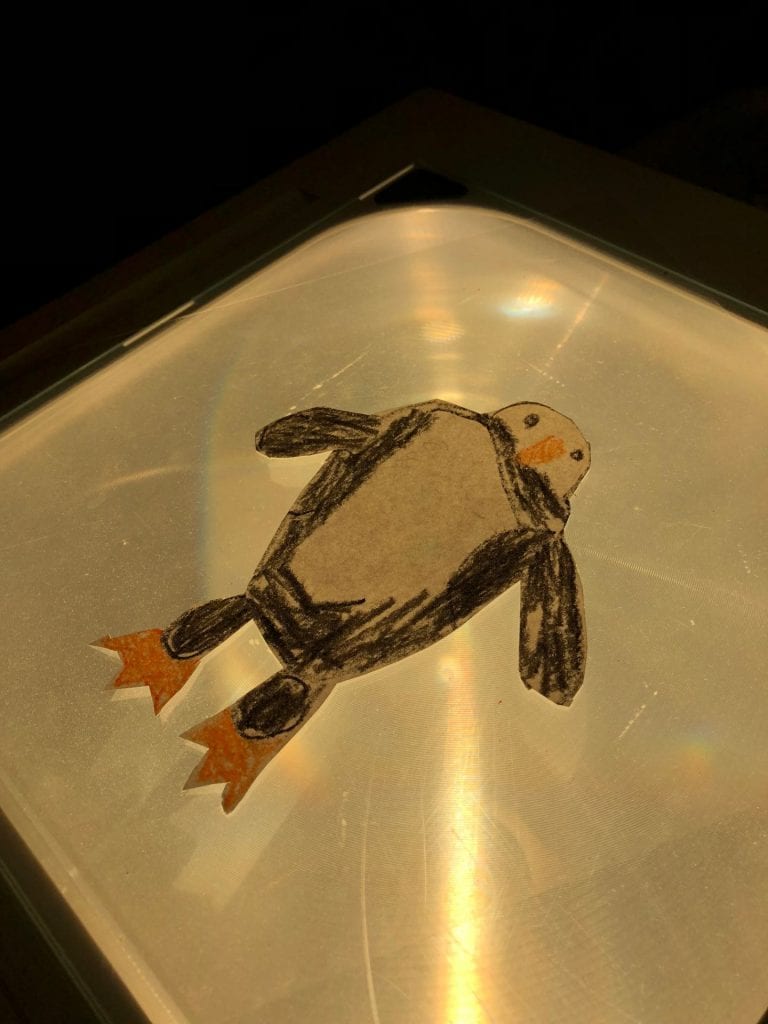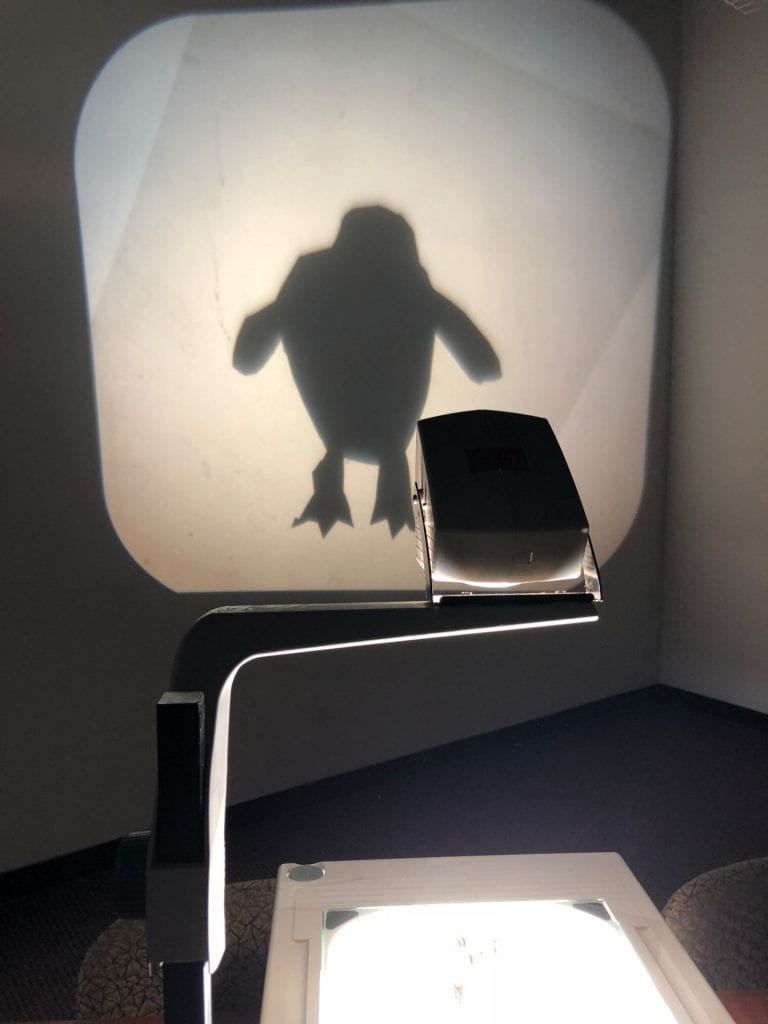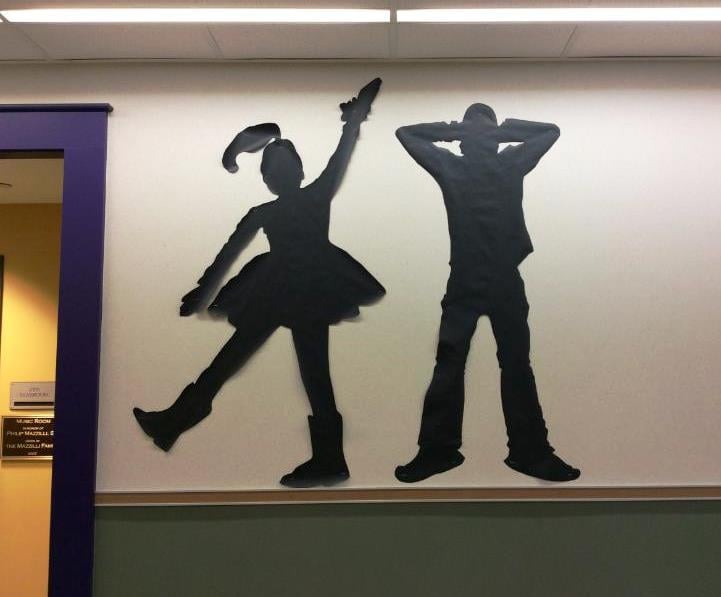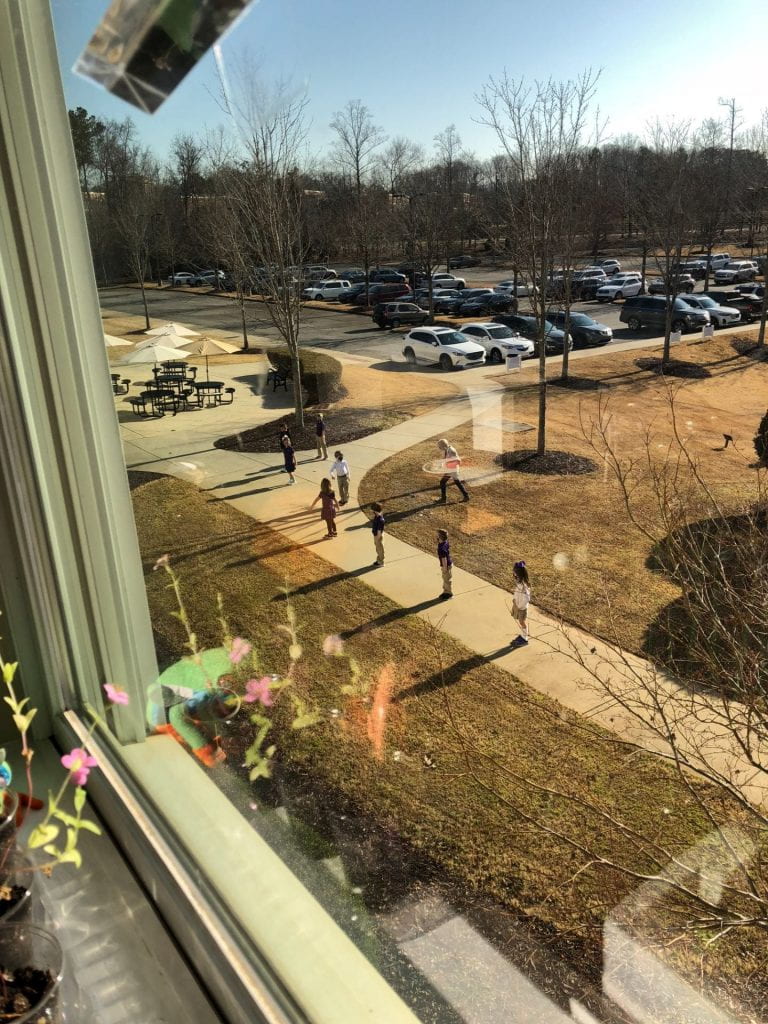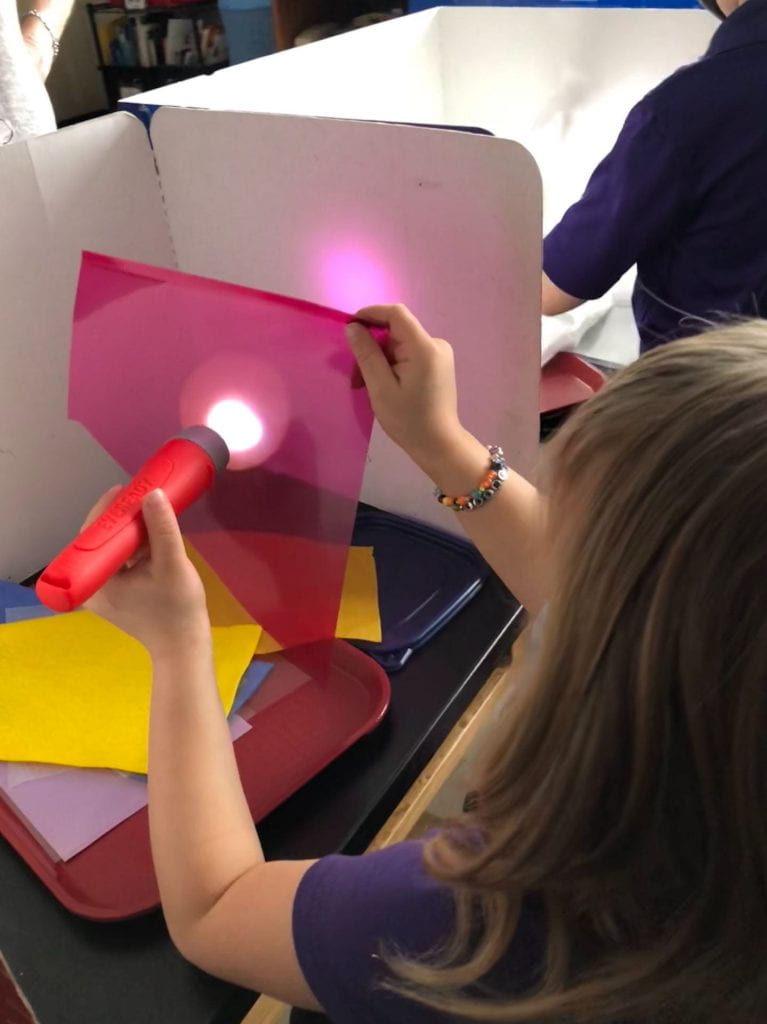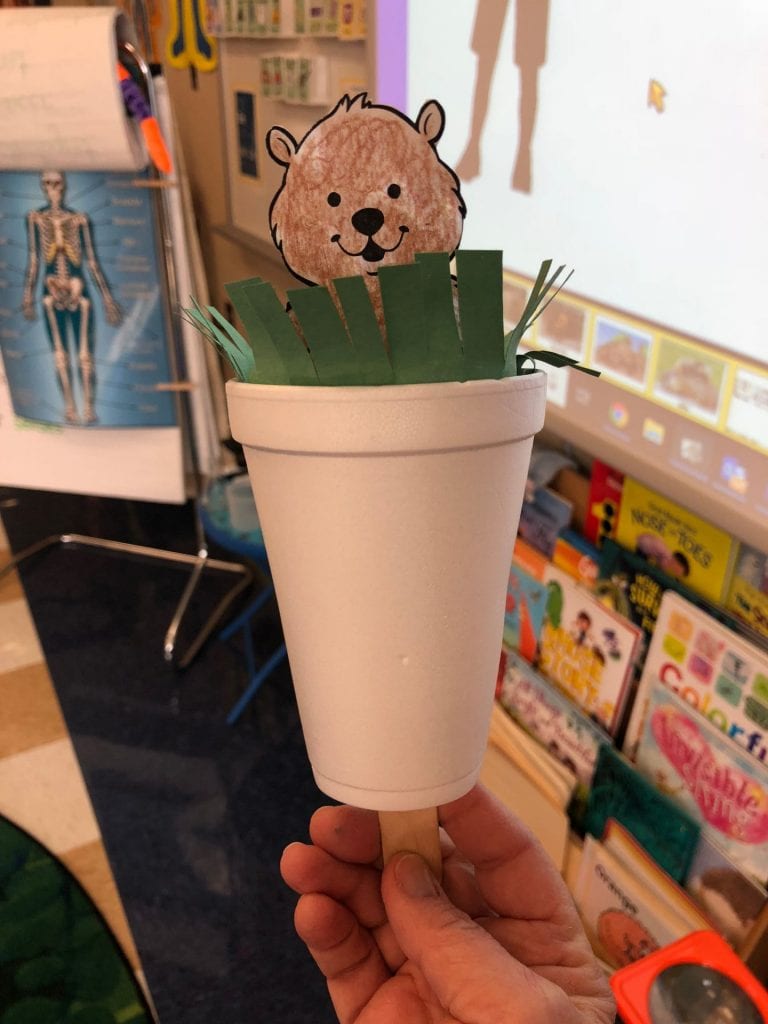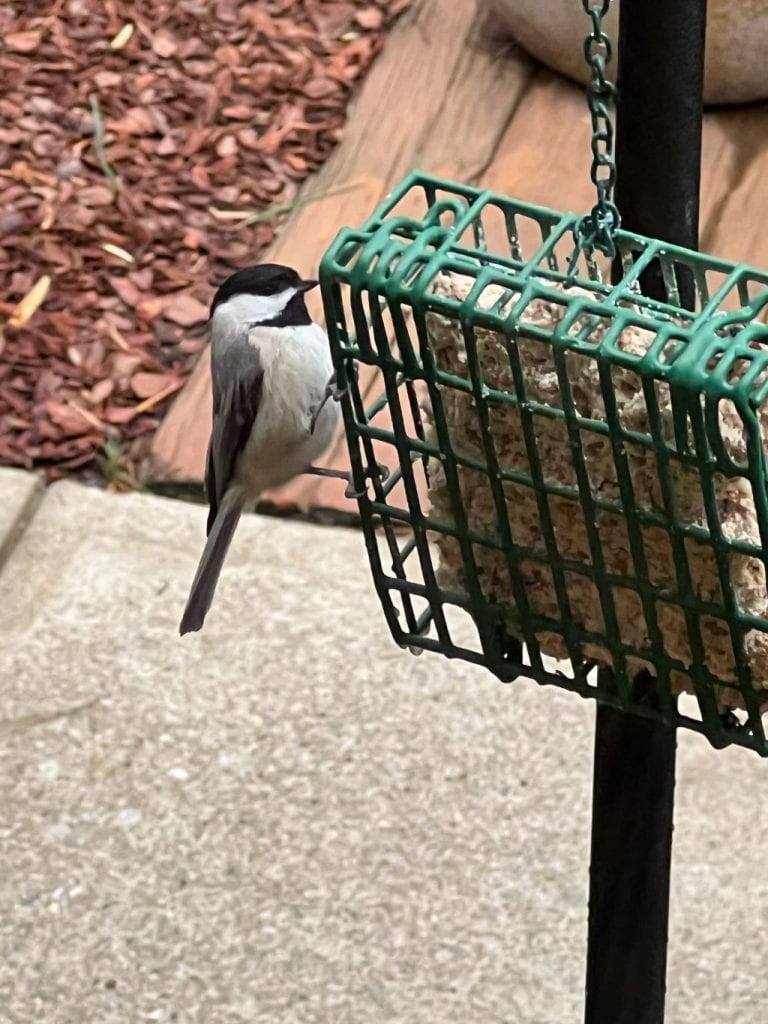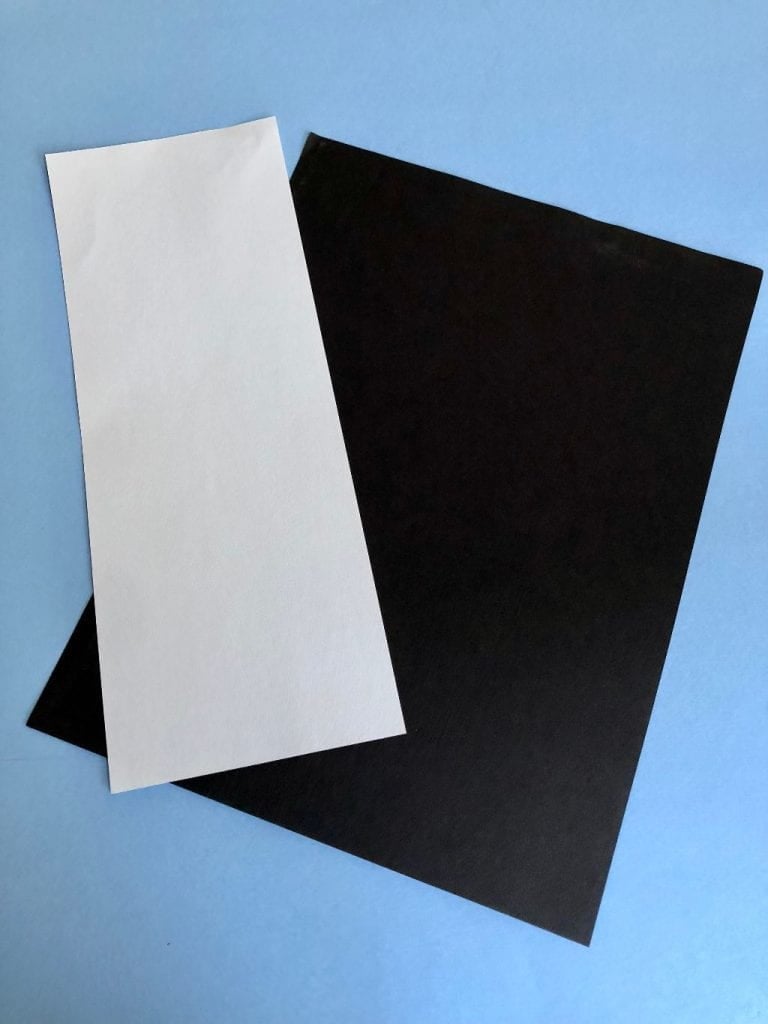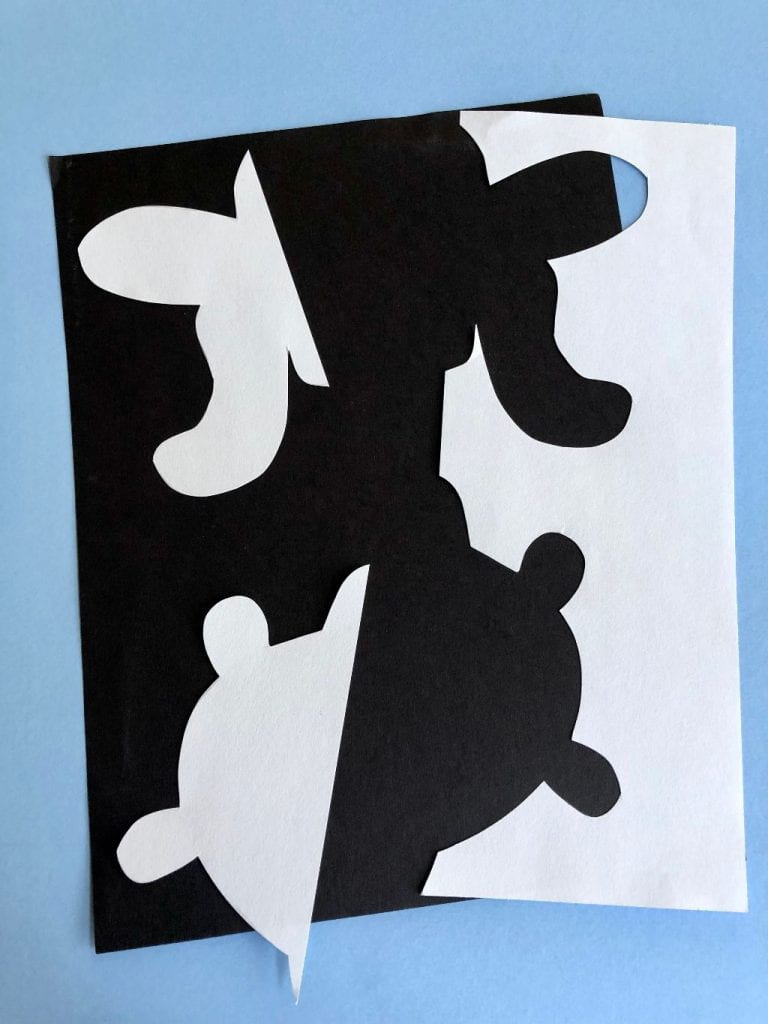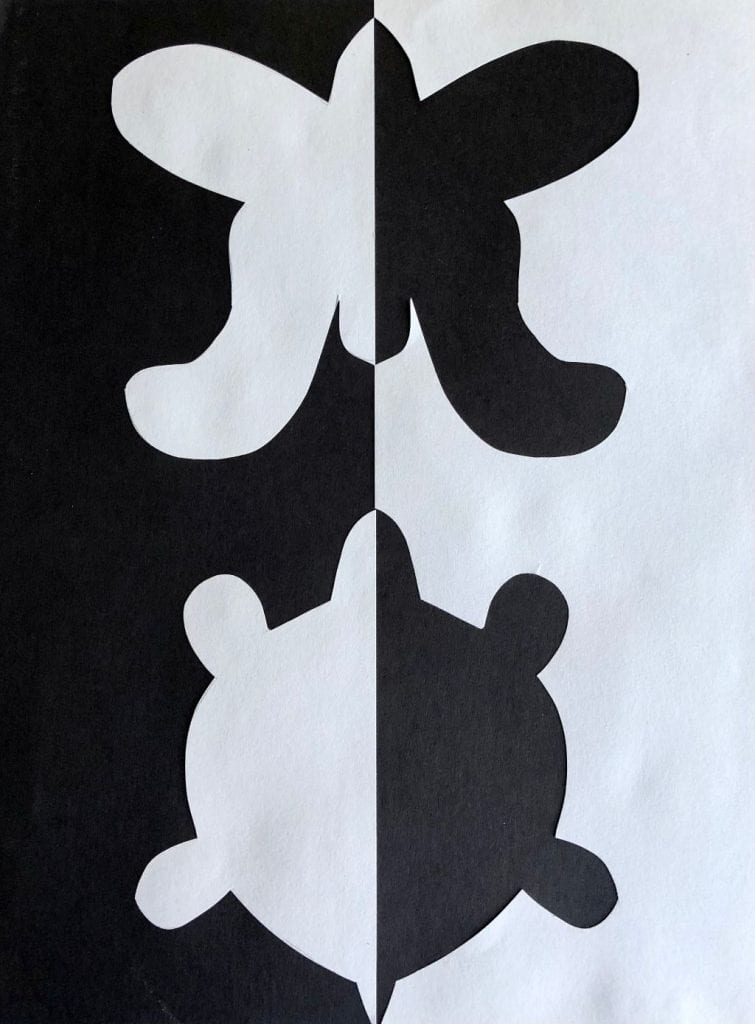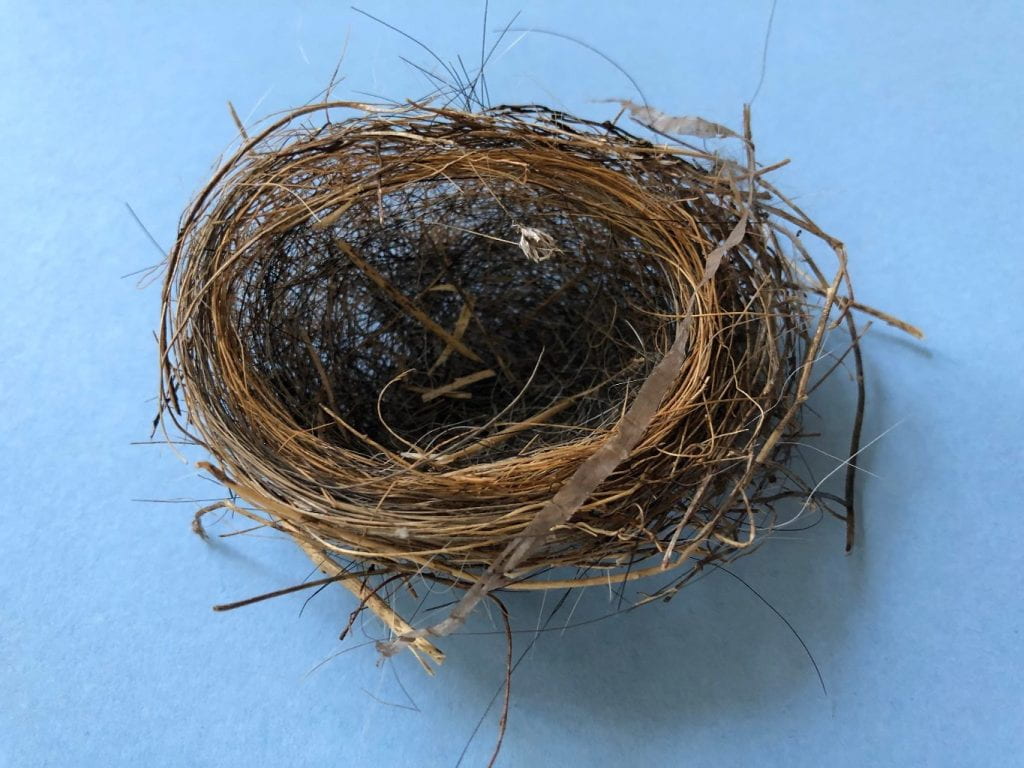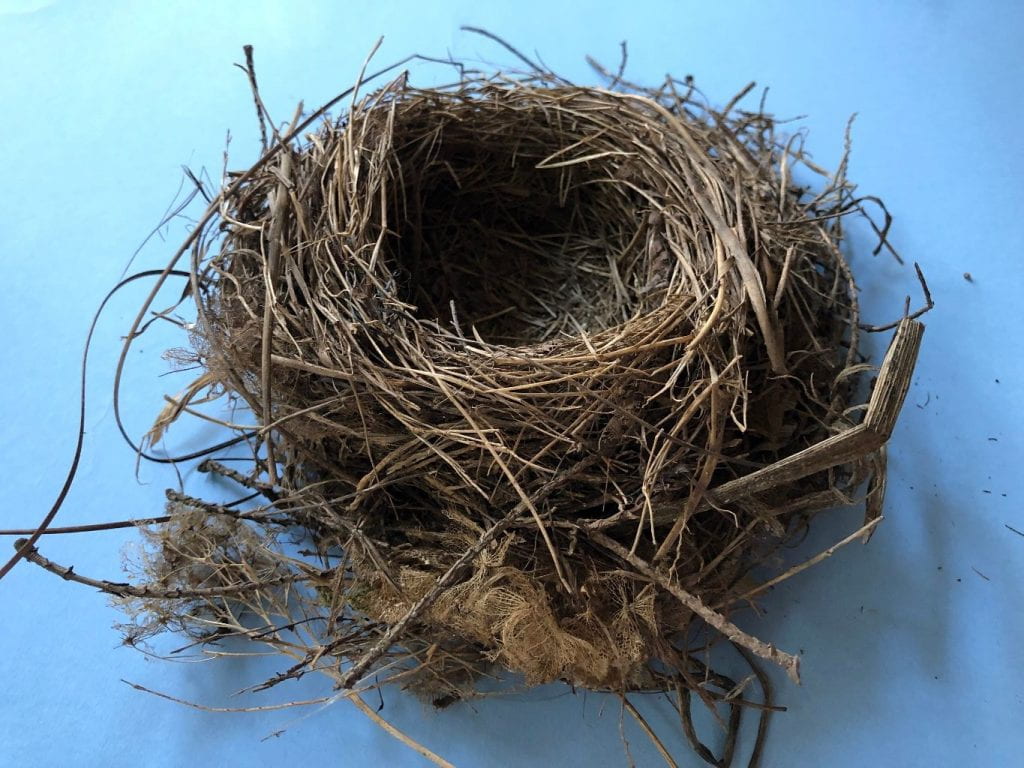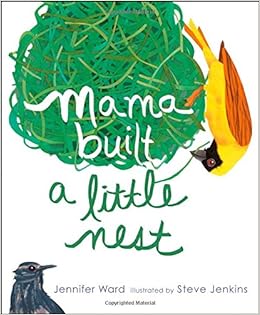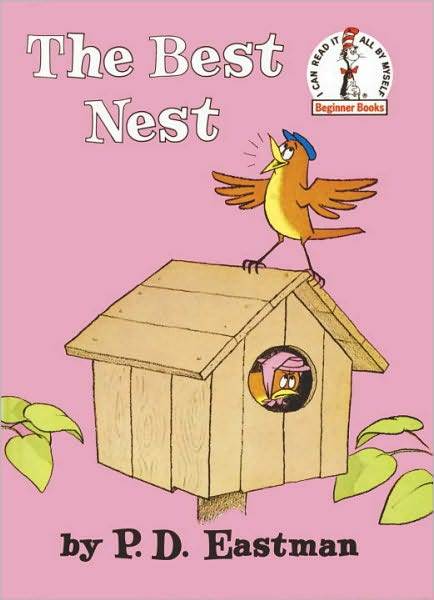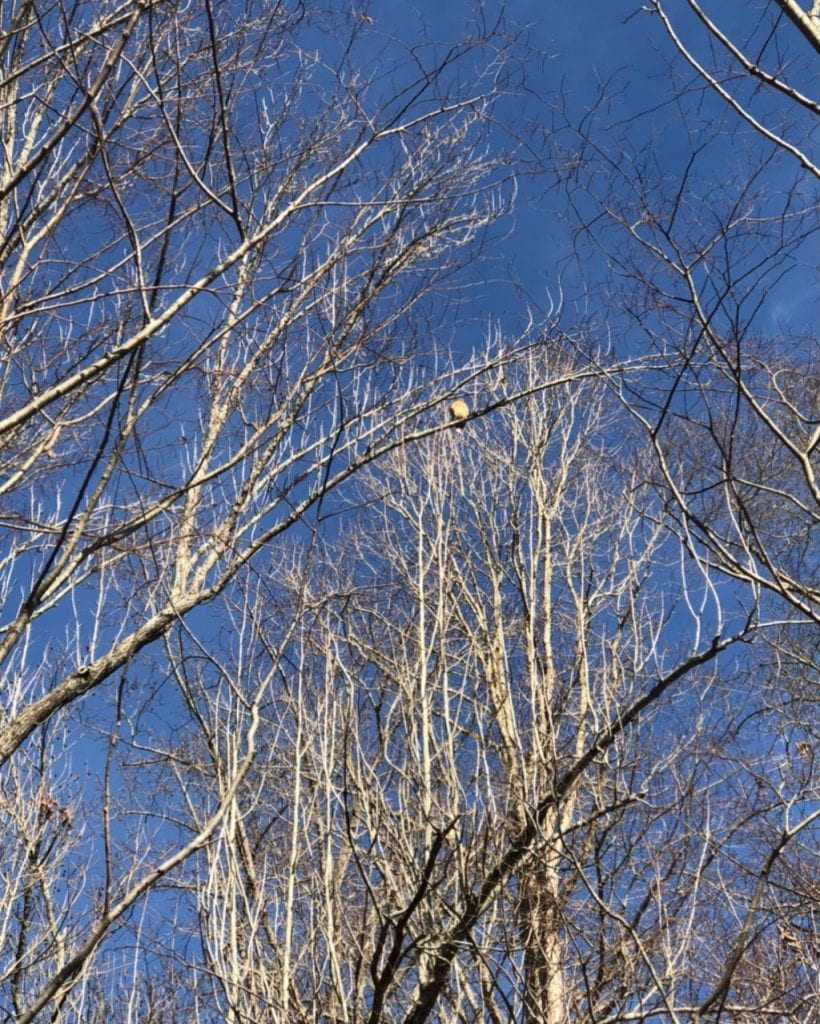It’s almost 2.2.22! (Hope you wear a tutu!) Enjoy the Veggie Tale song, Come in Twos, Click here.
LYRICS
The best things in life come in twos
Like salt goes with pepper
And carrots with peas
A sock with its mate
Macaroni and cheese
A cup and a saucer
A pair of shoes
The best things in life come in twos
Its cookies with milk
And ham with eggs
Two birds of a feather
Your arms and your legs
It’s making “wes” out of “mes” and “yous”
The best things in life come in twos
The best things in life come in twos Two o o o o o s
Try to add another verse. My new lines are: a hamburger with fries, and glasses with eyes
The following activity is a fun and creative way to make a connection between math and language on this unique date. Create a class poster about the number 2 on an anchor chart with multiple answers to the sentence starters below or let your students choose a number and design their own number signs.
First brainstorm words, phrases, or expressions that are associated with each number. For example:
One – Uno, single, unicycle, solo, only child, one of a kind, penny, one in a million, all in one piece, one and only, one of those days
Two – double, tutu, pair, twins, duo, twice, bicycle built for two,
Ten – decade, dime, decimeter, decagon, Tennessee, tennis
The pictures below were made by my students almost twenty years ago!
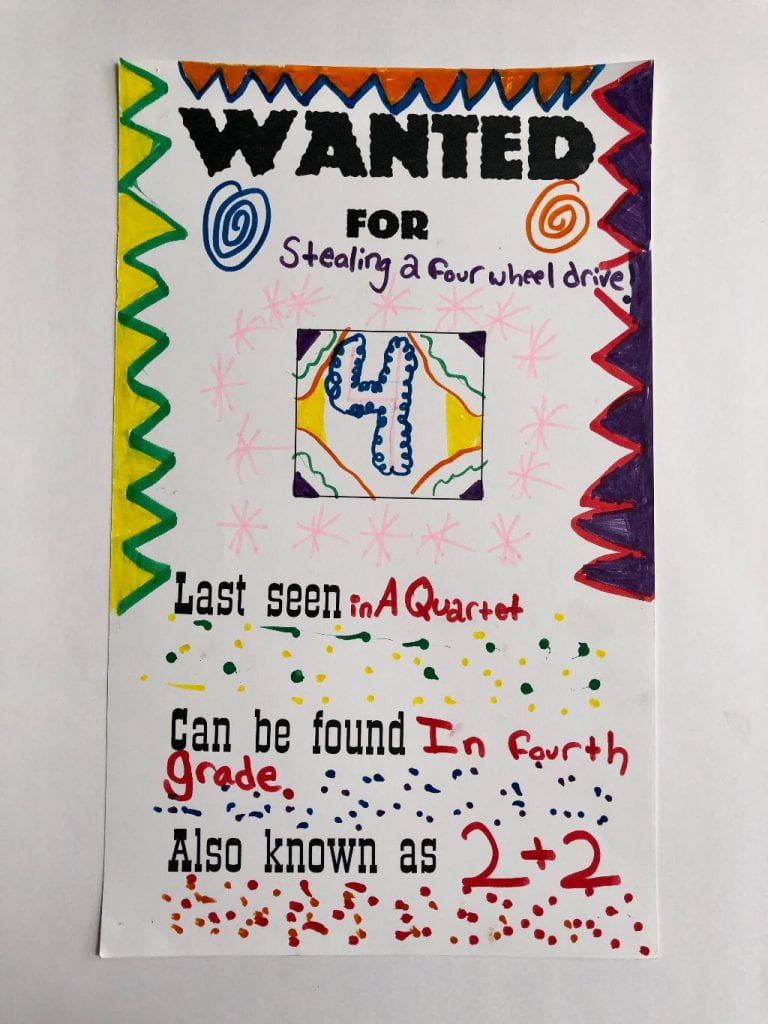
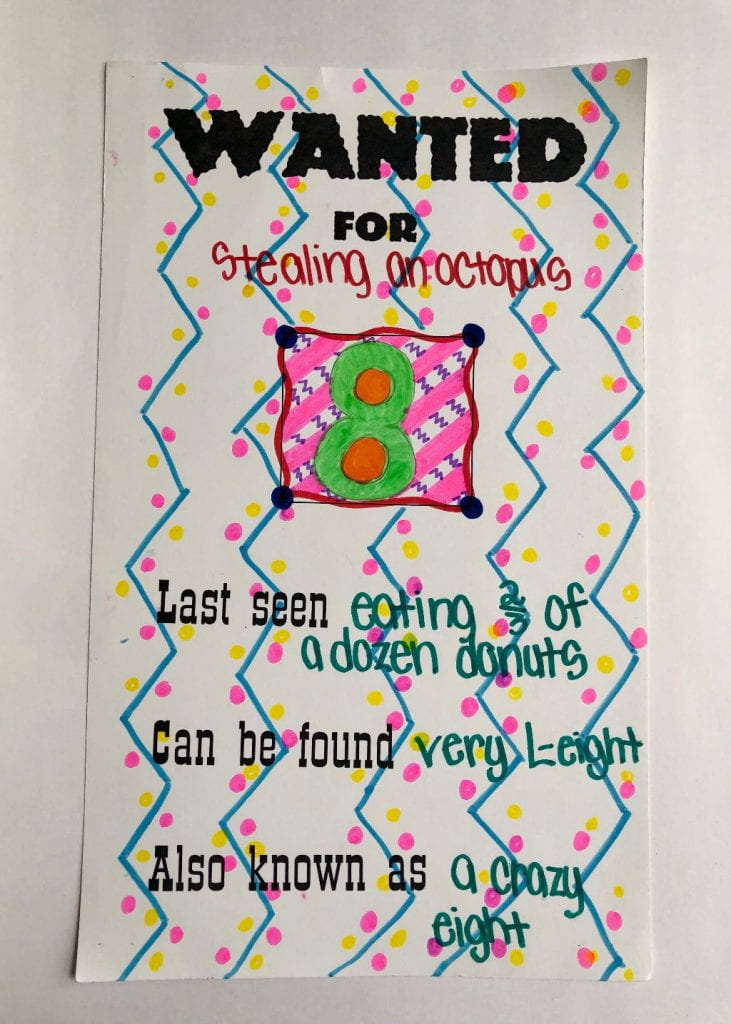
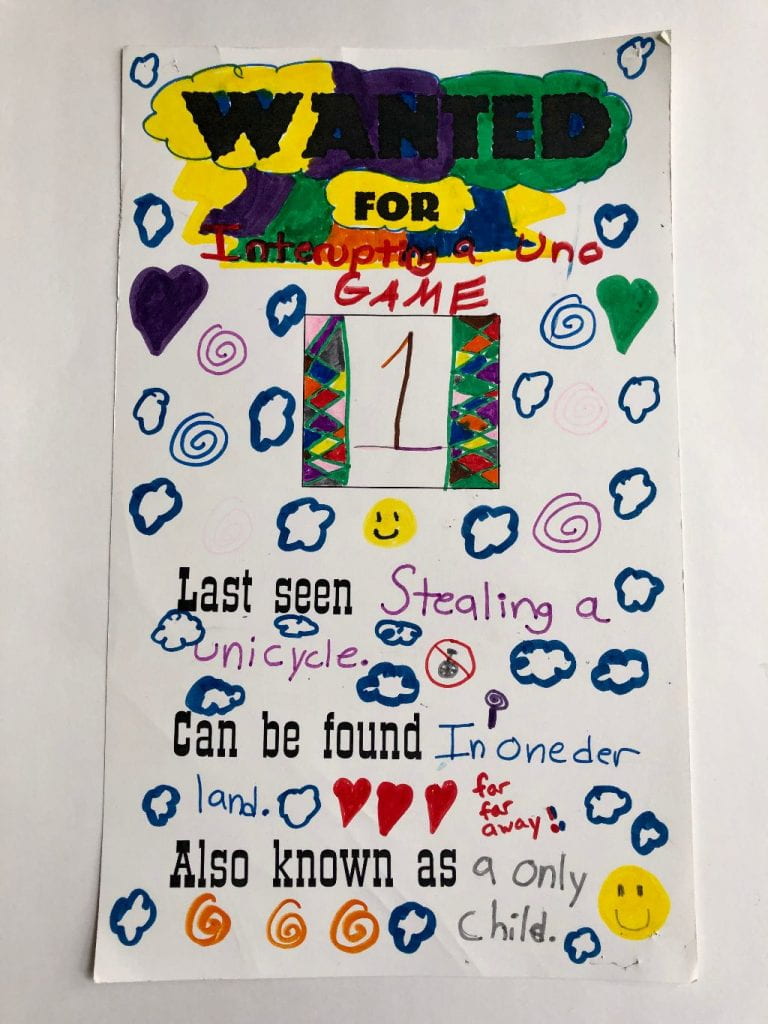
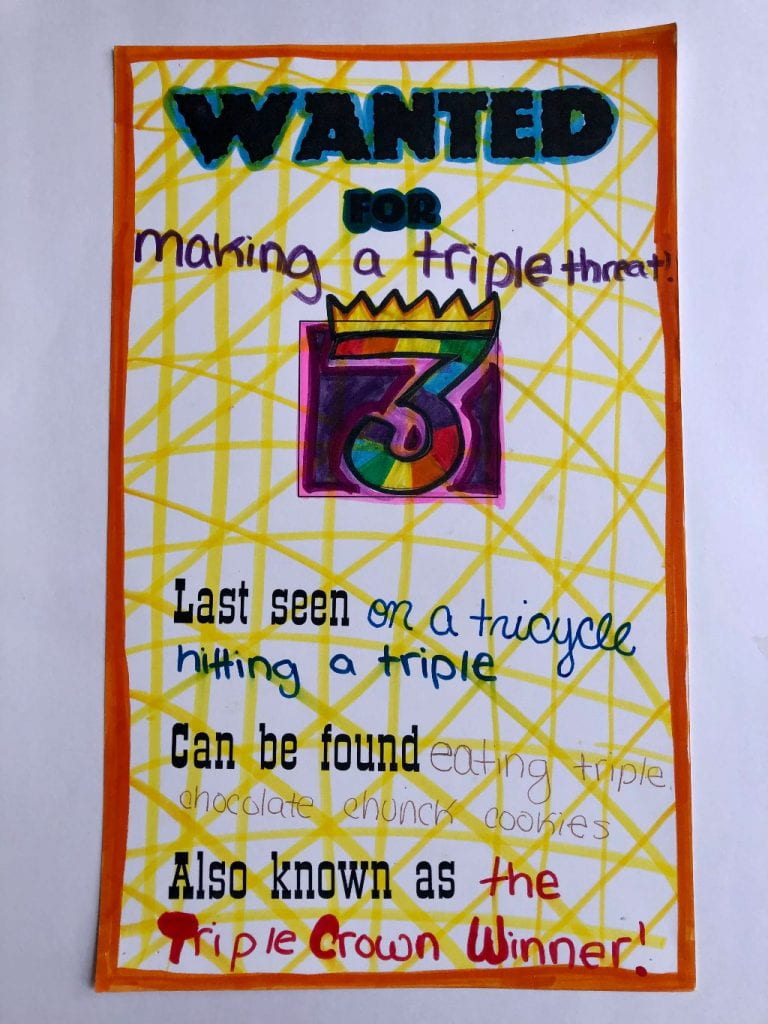
Note: ‘Also known as’ could be a math expression. For example, four could be known as 2+2, 1/3 of 12, or 8/2.
Reading the entertaining story, 7 Ate 9, would be a perfect way to begin or end this lesson. Humorous puns about numbers fill the pages.
Click here for the Safeshare link.

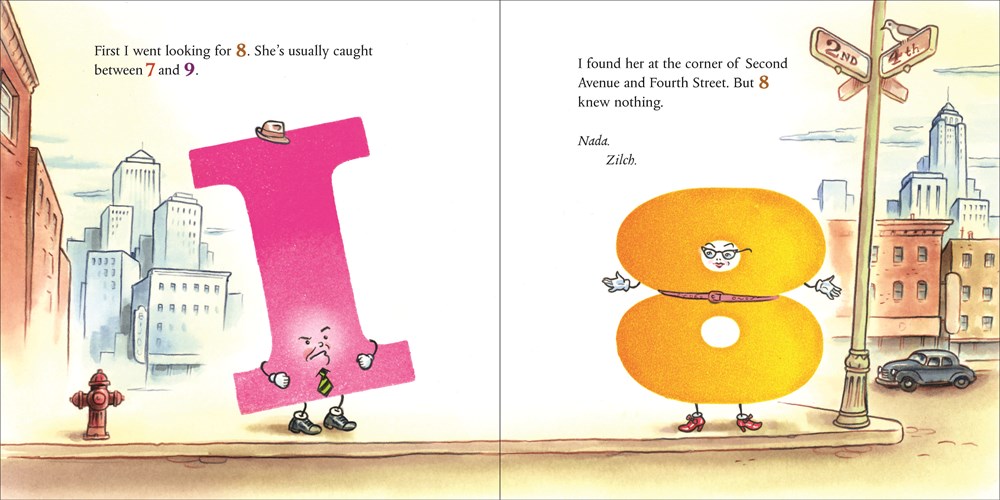
If you miss 2.2.22, there’s always 2.22.22!
Two are better than one, because they can help each other in everything they do.
Ecclesiastes 4:9 NIRV




